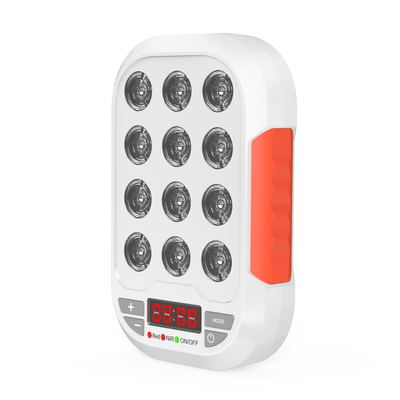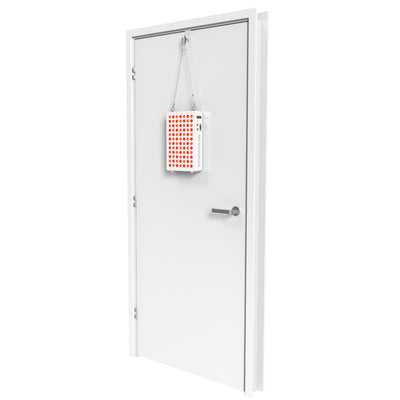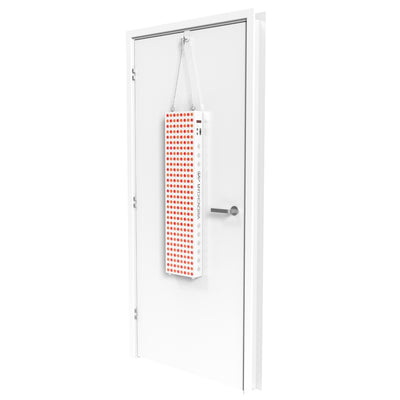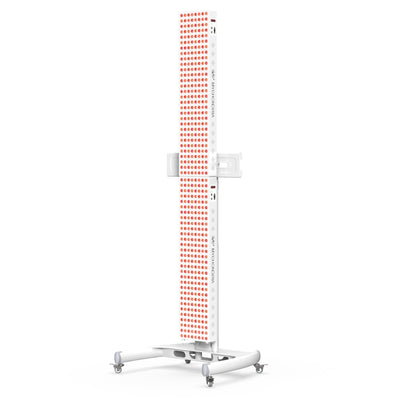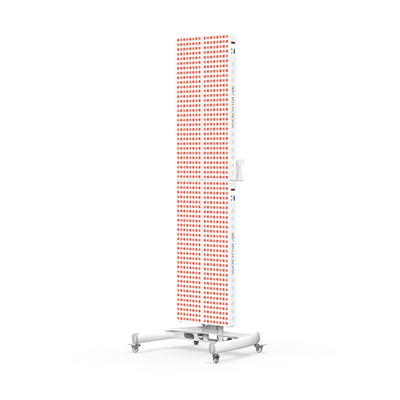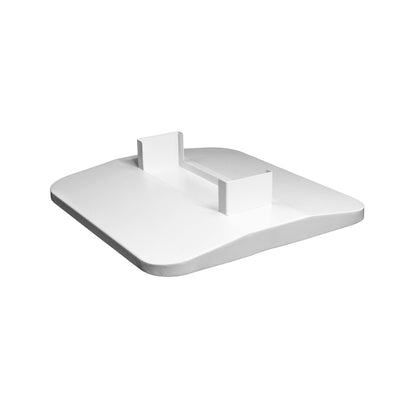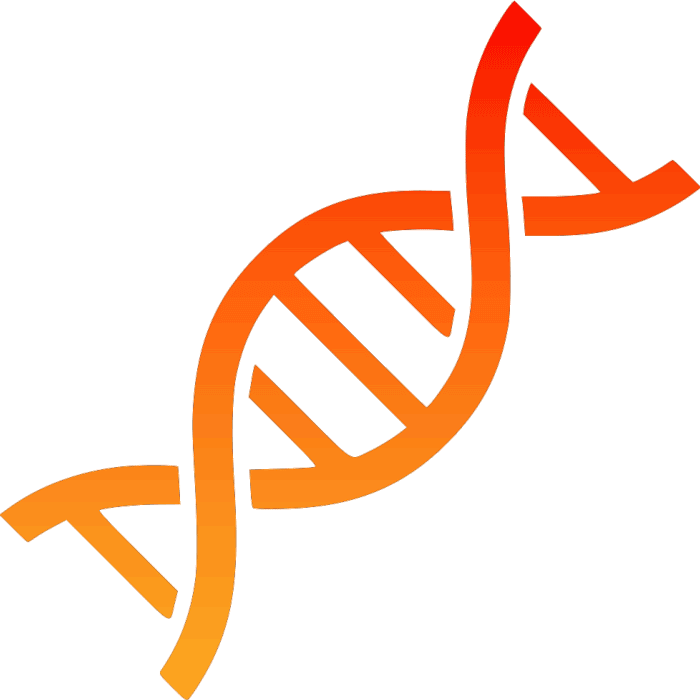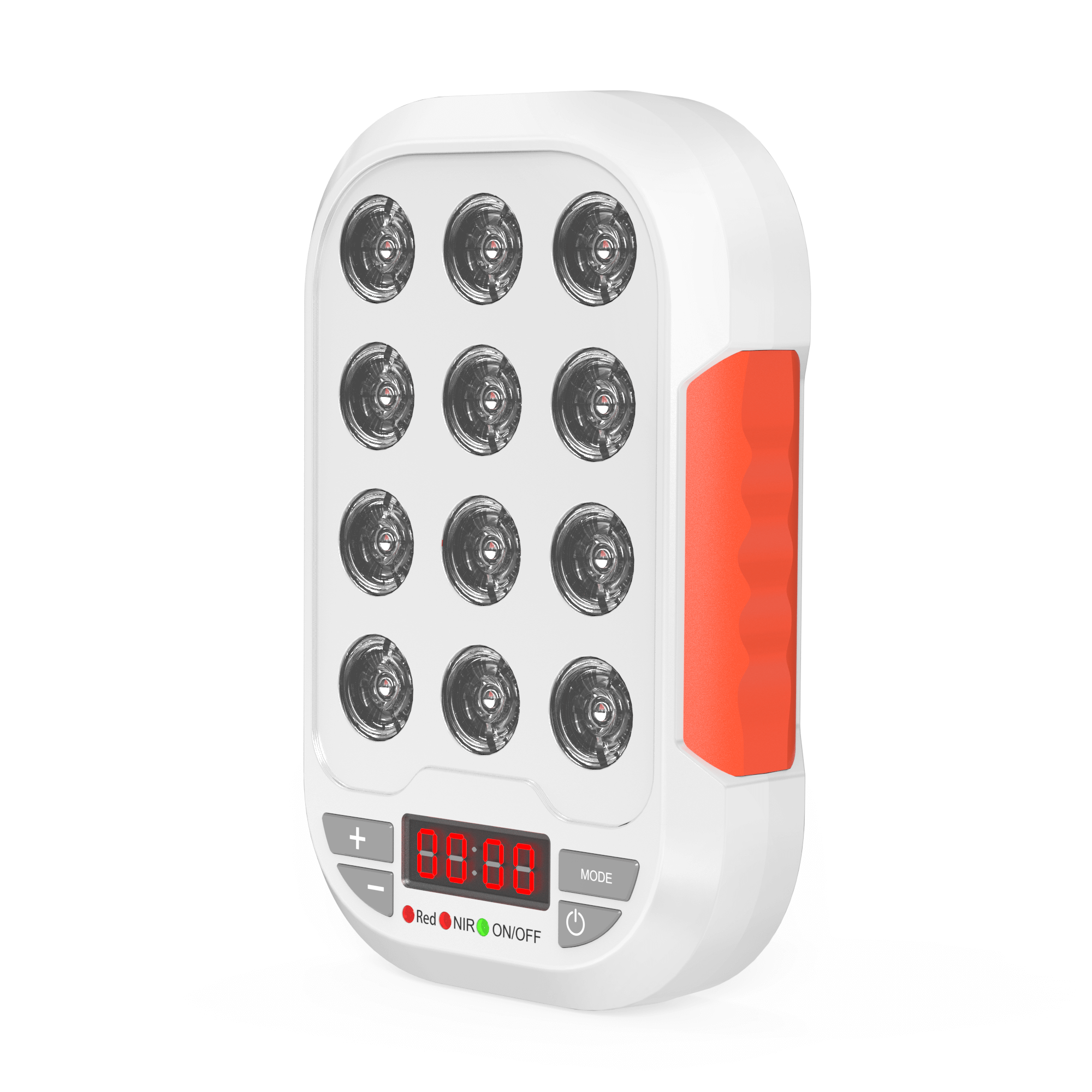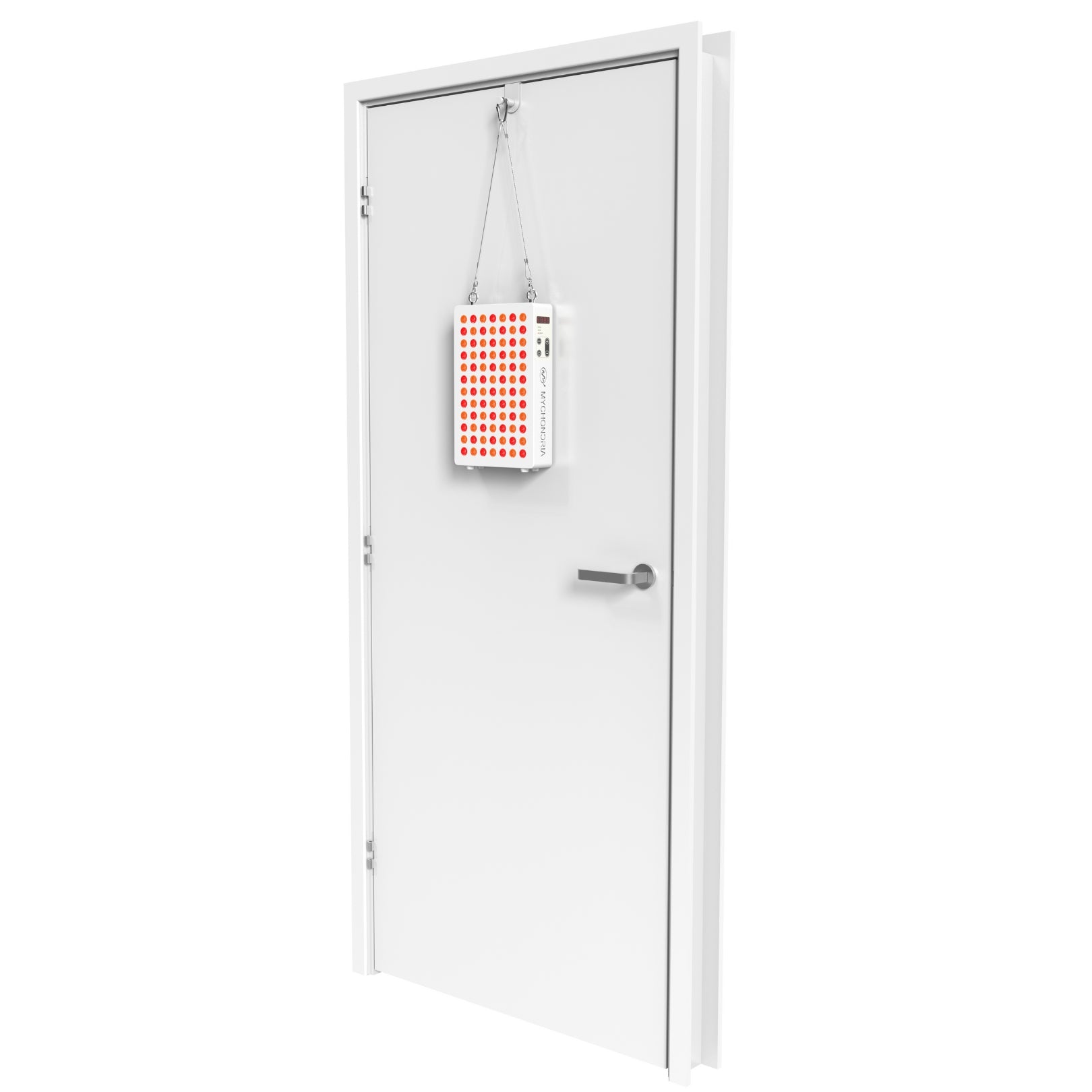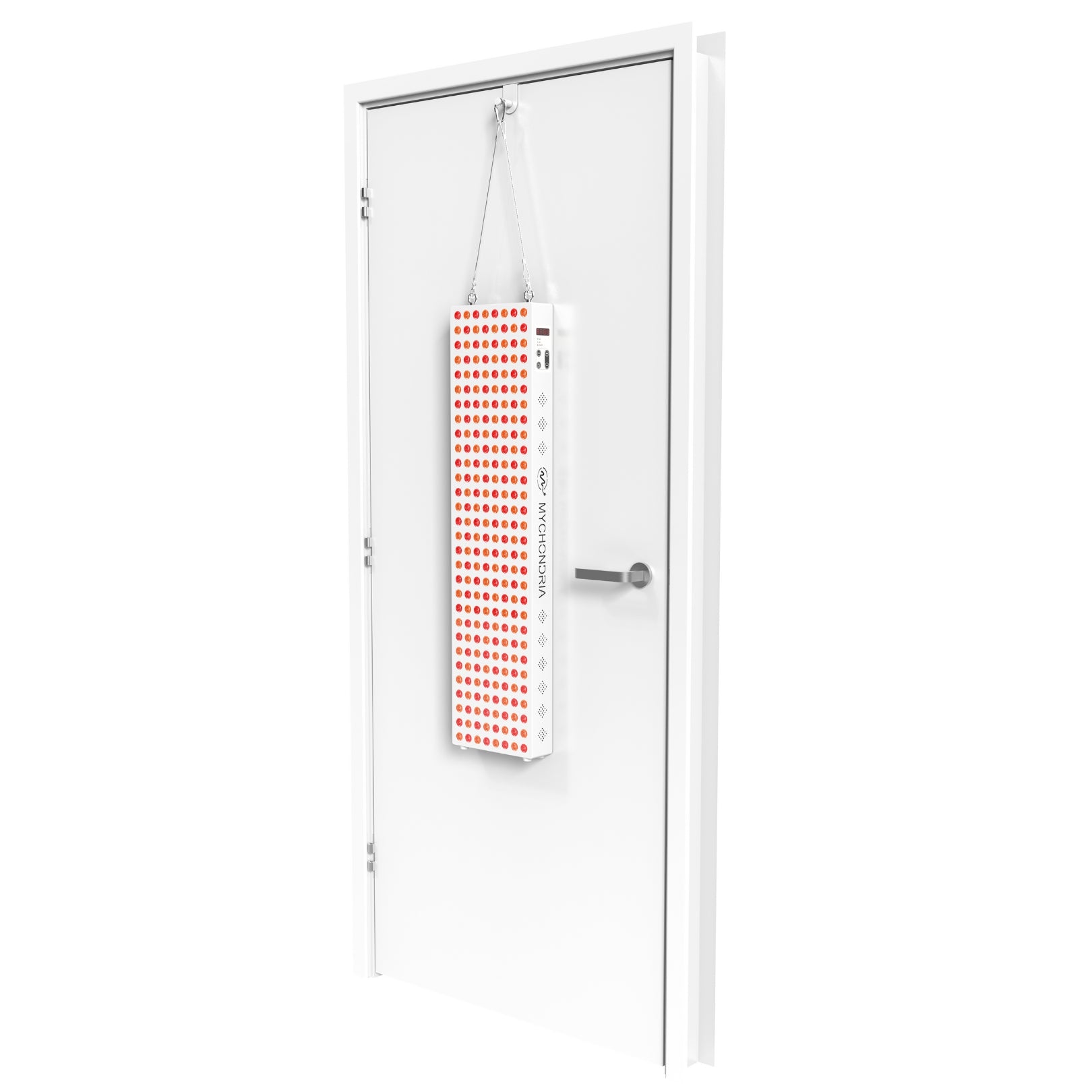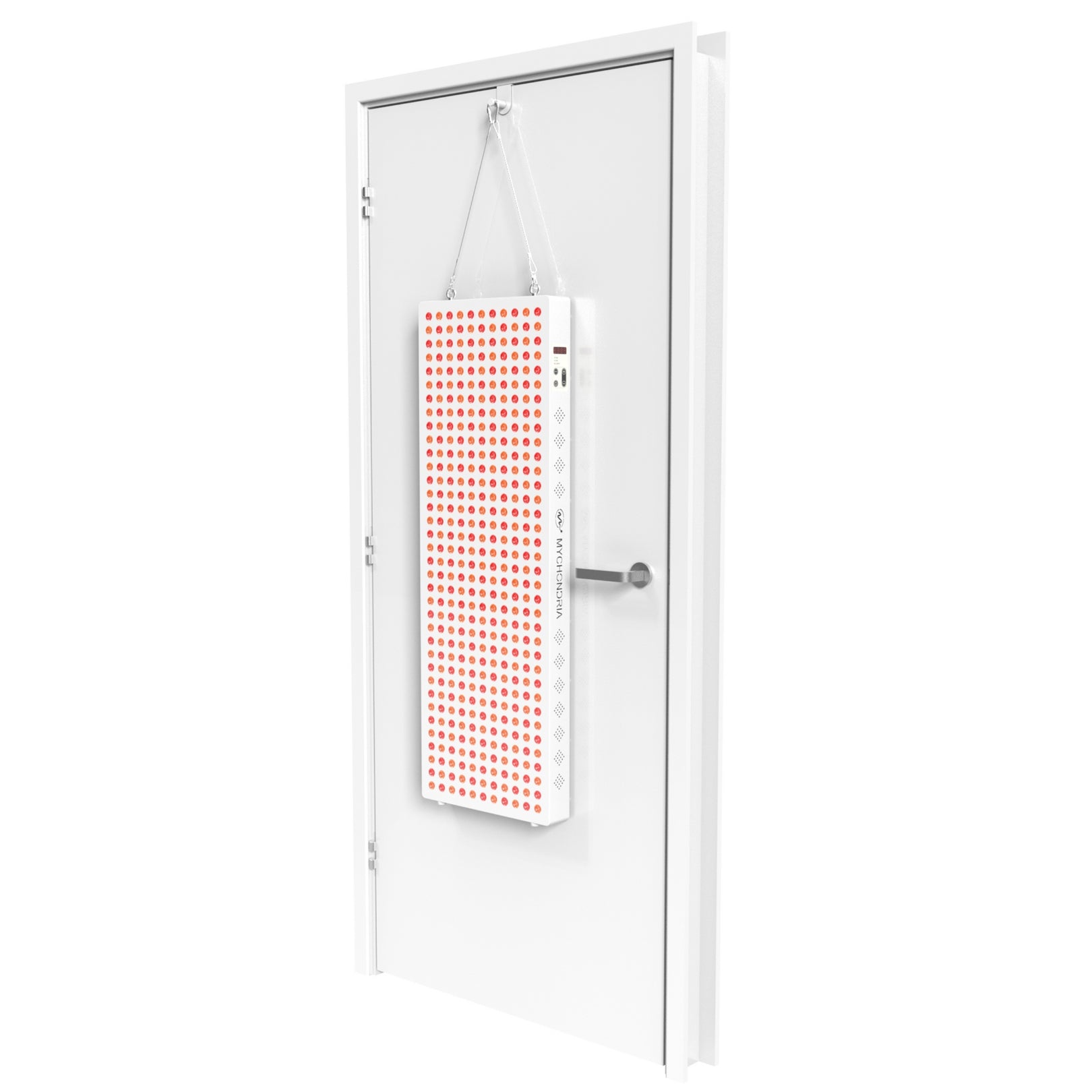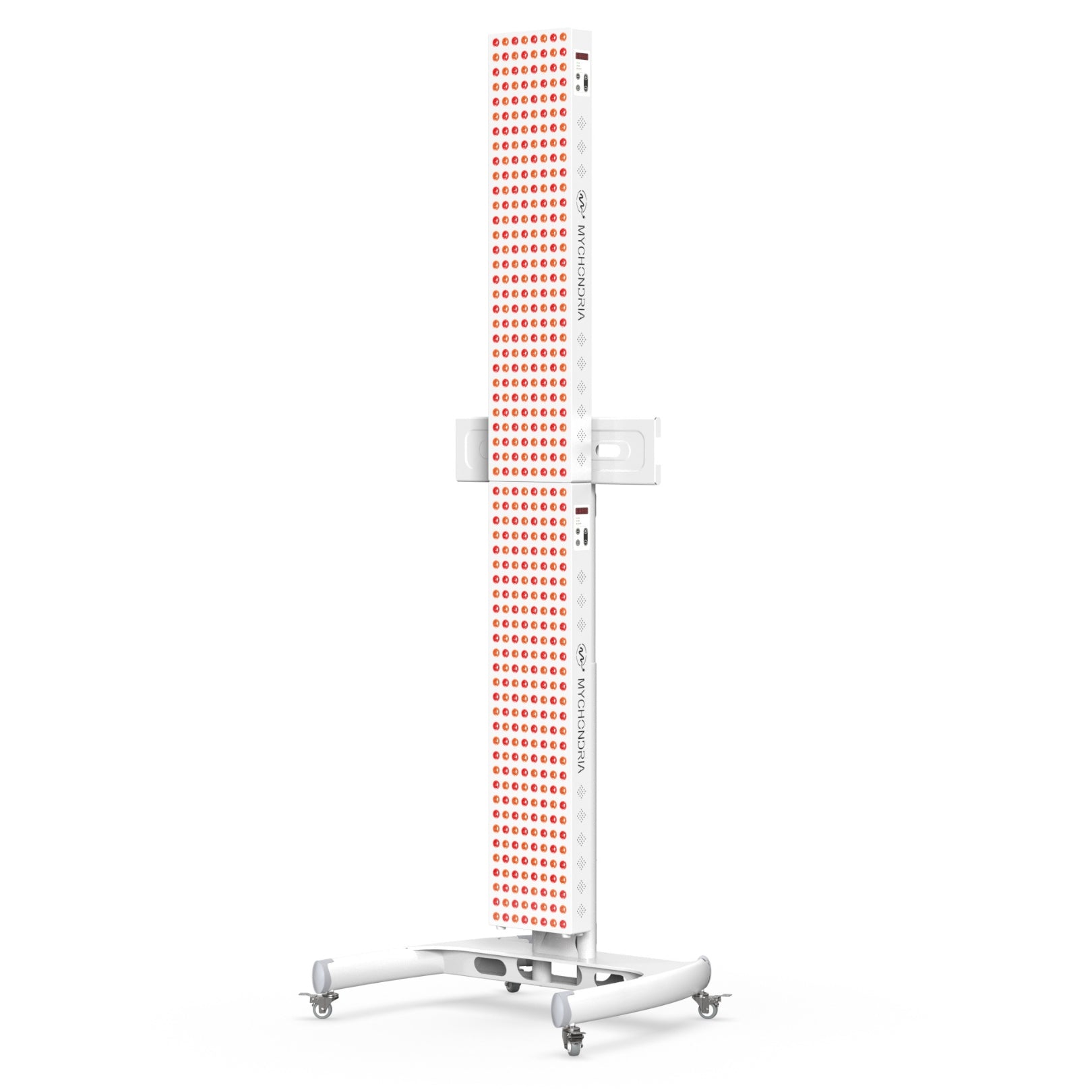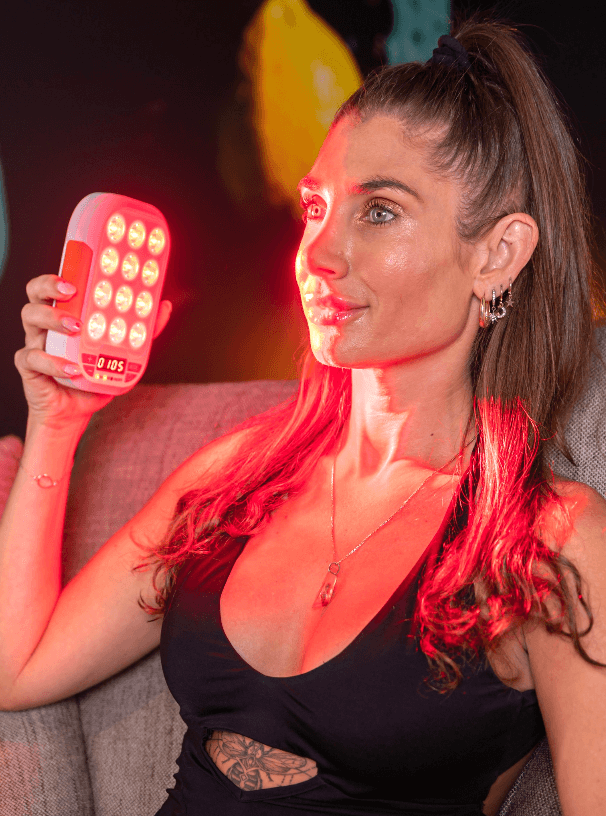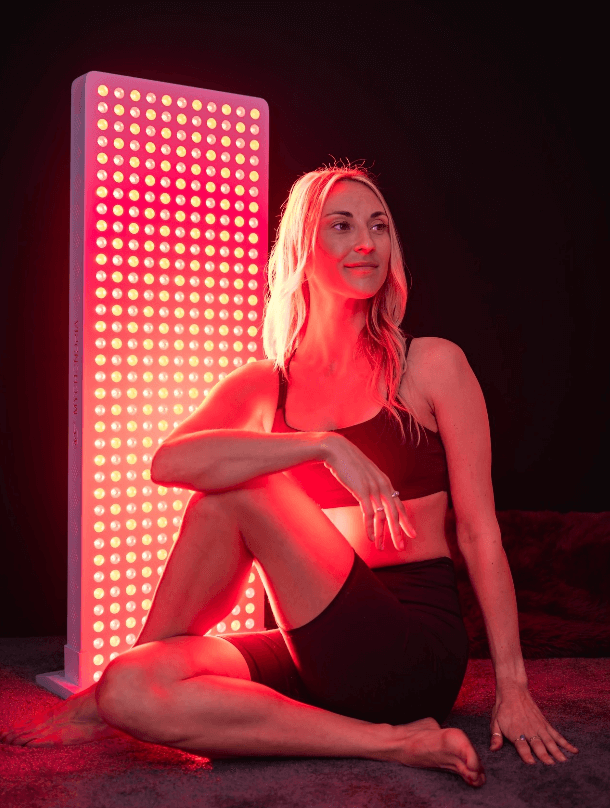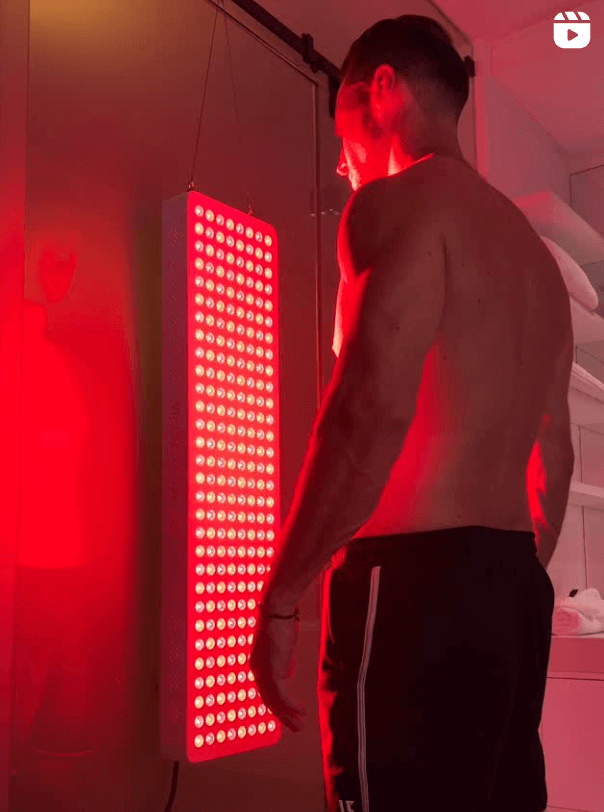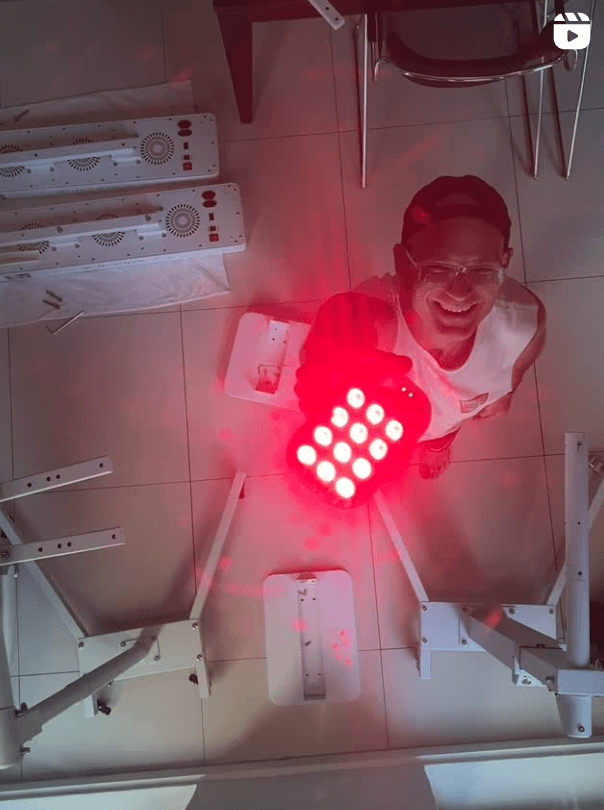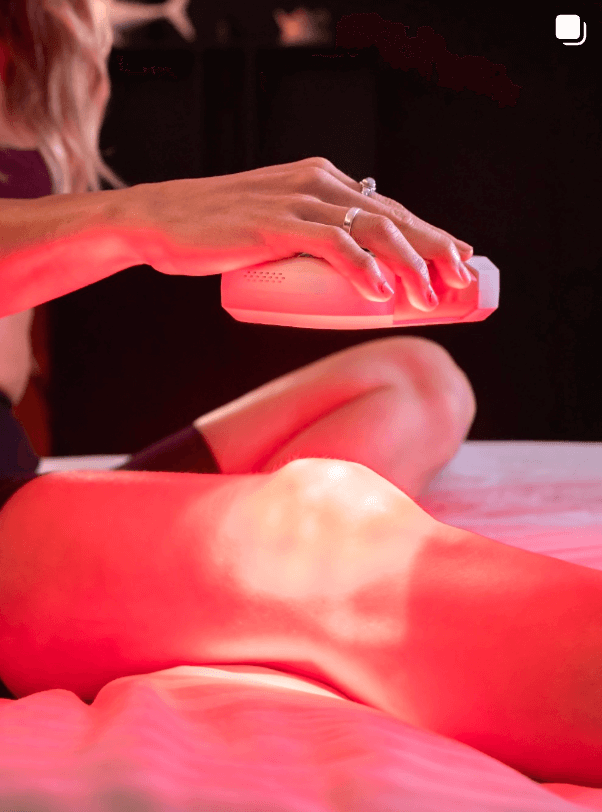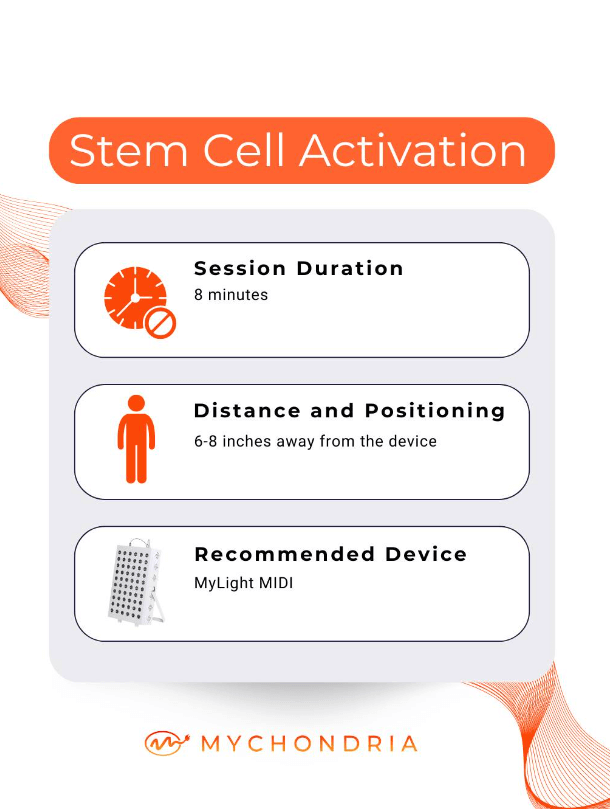In the pursuit of optimizing our mental capacities, we often explore a wide range of strategies, from brain exercises to nootropic supplements. However, an intriguing and rapidly emerging field of study has unveiled an unconventional ally for enhancing brain performance: red light therapy.
Originally developed for its remarkable ability to heal wounds and treat skin conditions, red light therapy has now captured the attention of researchers and neuroscientists for its potential cognitive benefits.
In this blog post, we delve into the captivating world of red light therapy and its profound impact on brain function.
Understanding Red Light Therapy's Impact On The Brain
Red light therapy's red and near-infrared light is able to penetrate the skull and reach the brain. This light is absorbed by the mitochondria within brain cells, stimulating energy production and facilitating various physiological responses that can positively impact brain function.

Cognitive Benefits of Red Light Therapy
Red light therapy has shown promise in enhancing several aspects of brain function. It can improve cognitive performance, including memory, attention, and processing speed.
By promoting neurogenesis (the formation of new neurons) and neuroplasticity (the brain's ability to reorganize and form new connections), red light therapy supports learning and brain resilience.
Mood Enhancement and Mental Well-Being
Red light therapy has been linked to mood enhancement and a reduction in symptoms of depression and anxiety. The therapy's ability to increase blood flow, reduce inflammation, and enhance cellular energy production may contribute to improved emotional well-being and mental resilience.
Red Light Therapy and Neurodegenerative Conditions
Research suggests that red light therapy may hold promise in the management of neurodegenerative conditions such as Alzheimer's disease and Parkinson's disease.
Studies have demonstrated red light therapy's potential to reduce amyloid plaques, enhance mitochondrial function, and mitigate neuroinflammation, which are all associated with these conditions.

Integrating Red Light Therapy Into Your Routine
To optimize your brain performance with red light therapy you want to aim your red light therapy device towards your forehead.
These sessions can be done with your eyes closed, or with the safety goggles that come with the MyLight devices.
An effective red light dose can be achieved in 10-minutes per day using a MyLight MIDI or MyLight MAX. These sessions are often best as part of a morning routine to set you up for a successful day.
Conclusion
Red light therapy offers a fascinating avenue for enhancing brain function and promoting cognitive well-being. By harnessing the power of red and near-infrared light, this non-invasive treatment stimulates energy production within brain cells, supporting cognitive performance, and potentially offering benefits for individuals with neurological conditions.
If you're seeking to optimize your brain function, improve cognitive abilities, or manage certain neurological conditions, exploring red light therapy under the guidance of a healthcare professional or therapist may open up new possibilities for enhancing your brain health and overall well-being.
Illuminate your mind with the potential of red light therapy and unlock a brighter cognitive future.
